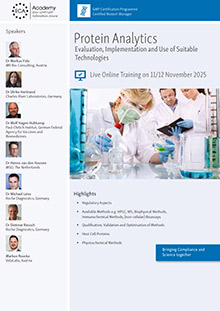British Authority MHRA provides Interpretation on Cleaning Validation

Recommendation
5/6 February 2026
With the introduction of the Permitted Daily Exposure (PDE) values in conjunction with questions on cross contamination and on cleaning validation, the EMA began a new chapter a few years ago. This is a complex issue and it caused uncertainty within the industry. Insofar, the EMA brought a subsequent Q&A document. This is being interpreted by the British Regulatory Authority MHRA with regard to inspection results.
In the development phase of EMA's Q&A document there were different statements, whether Health Based Exposure Limits (HBEL) are binding or not. Some argued with the old 1/1000 dose values. Now, the MHRA has clarified that at present companies have to take charge of respective HBEL values such as PDEs. Referring to Chapter 7 of the EU GMP Guide, the topic "Outsourcing" is also addressed. For the MHRA, simply "do as further as until now" on a risk analysis basis is not acceptable. They miss here the scientific view within the risk analysis. The fundamental requirements of a GMP inspector related to the topics to consider in a risk analysis are listed in the document.
Cleaning Validation and Cross Contamination
Regarding cleaning validation, MHRA's GMP inspectors criticise the missing scientific approach. Often, not all the parts with product contact and decisive cleaning processes (such as manual cleaning) are not integrated in the cleaning validation. The document also provides support with regard to the acceptance of visibly clean criteria in the routine production. There are 11 elements very useful listed in the document to be considered within the scope of cleaning validation.
Conclusion: MHRA's Q&A document entitled "Cross-contamination control and Health Based Exposure Limits (HBEL)" provides practical support with regard to the topic risk analysis in the cleaning and cleaning validation. Hence, it is very worth reading.
For more information please see the MHRA Inspectorate Blog mit dem Titel "Cross-contamination control and Health Based Exposure Limits (HBEL) Q&As".





